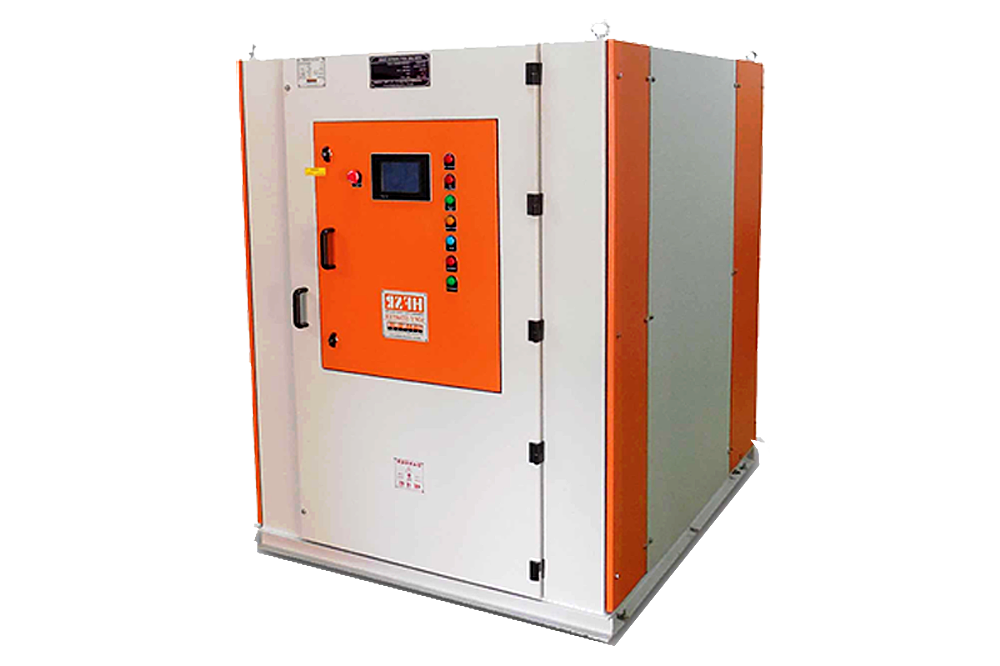Reduced power costs can be achieved by reducing the voltage received and increasing the quality of the power. Delta Technocrats develop technologies to achieve efficiencies for industrial and commercial high energy users through standardised and customised solutions. Reduce power consumption and reduce your costs and environmental footprint.
Welcome to Delta Technocrats !!
-
29/4A NSB RoadRaniganj – 713347(WB)
-
Call Us 9434739700
-
Email Us info@deltatechnocrats.com



